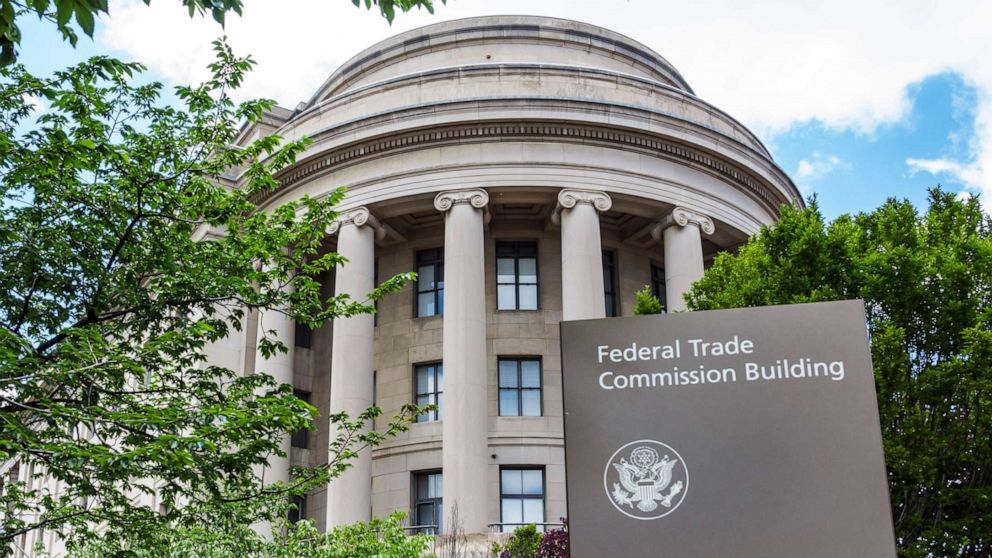
The Consumer Financial Protection Bureau is in limbo. The Environmental Protection Agency has been turned into a fossil fuel cheerleader. The Securities and Exchange Commission has drastically scaled back its enforcement activity. The Federal Communications Commission is focused on using its powers to attack perceived enemies of the Trump Administration.
Across the federal bureaucracy, agencies seem to be reshaping themselves in accordance with Donald Trump’s belief that regulation of business is evil. And now with the shutdown, those agencies are barely operating at all.
Yet there is one agency that bucked the trend and continued its mission of exercising oversight of corporate behavior: the Federal Trade Commission. Until the shutdown caused it, too, to suspend operations, the FTC has been engaged in conventional and even aggressive enforcement activity.
Most notably, the FTC recently announced the resolution of a case against Amazon.com for using deceptive methods to enroll consumers in its Prime service and then making it difficult for them to unsubscribe. As part of the resolution, Amazon was required to pay a civil penalty of $1 billion and provide $1.5 billion in refunds while also changing its practices.
The only other Trump 2.0 penalty that comes close in size was the Federal Deposit Insurance Corporation’s settlement in April requiring Discover Bank (now owned by Capital One) to pay $1.2 billion in restitution and a $150 million civil penalty to resolve allegations its overcharged credit card fees. The FDIC has announced no significant penalties since then.
In the period since Trump took office, the FTC has announced more than a dozen other resolved enforcement actions. After the Amazon case, the largest was a $100 million judgment against a company called Assurance IQ for the deceptive marketing of substandard health insurance plans. Among the other companies that have paid penalties to the FTC this year are Walmart, Walt Disney, and Match.com.
Other significant cases are still under way. In September, the FTC sued Live Nation and Ticketmaster for engaging in improper arrangements with ticket brokers that ended up costing consumers billions of dollars in inflated prices. In April, the agency sued Uber for deceptive billing and cancellation practices.
Along with consumer protection action, the FTC has been pursuing its responsibilities as an antitrust regulator. The agency has continued to pursue a lawsuit, originally filed in 2020 in conjunction with state attorneys general, that accuses Meta Platforms of using anti-competitive mergers to gain monopoly power in certain segments of social media.
The FTC recently sued Zillow and Redfin for entering into an agreement the agency says improperly reduced competition in the market for rental housing online advertising.
There have also been some dubious actions on the part of the FTC, especially an investigation of the advocacy group Media Matters for supposedly engaging in an illegal boycott of X. In August a federal judge issued a preliminary injunction in favor of Media Matters, which argued that the case was politically motivated.
Also politically motivated was the Administration’s improper firing of the FTC’s Democratic commissioners.
On the whole, however, the FTC has not abandoned the aggressive enforcement posture it adopted during the Biden Administration under the leadership of chair Lina Khan. Hopefully, its approach will have some influence on those federal agencies carrying out MAGA-style anti-regulatory crusades.






 The conservatives fulminating about the Consumer Financial Protection Bureau and President Obama’s recess appointment of Richard Cordray to head it may feel outmaneuvered at the moment. But if history is any guide, the bureau will not be too big a threat to the financial powers that be.
The conservatives fulminating about the Consumer Financial Protection Bureau and President Obama’s recess appointment of Richard Cordray to head it may feel outmaneuvered at the moment. But if history is any guide, the bureau will not be too big a threat to the financial powers that be.